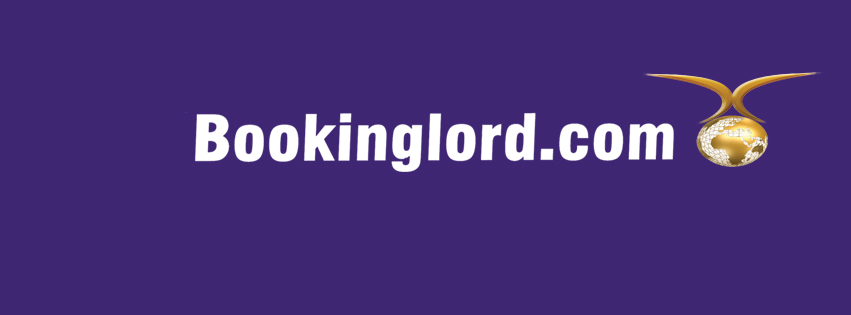Saudi, Indian and British visitors dominated Dubai's tourism industry in 2014 while Russian tourists fell 15% due to domestic economic challenges and the resultant impact on the exchange rate, Deloitte has said in a new report.
It said
Saudi Arabia drove the largest number of visits to
Dubai in 2014 (1.5 million), followed by India (0.9mn) and the UK (0.8mn).
Arrivals to Dubai in 2014 from the USA fell by just over 3% while almost 11% fewer Germans visited the emirate, Deloitte said.
It added that the most notable change in tourism trends was the 15% decline in Russian visitors to Dubai, who due to domestic economic challenges and the resultant impact on the exchange rate, has resulted in the mid and upscale Russian market seeking better value destinations.
On the other hand, visits from China and Iran grew by 24% and 41% respectively indicating a growing appeal for Dubai from these source markets.
Dubai's hotel room supply, according to data provided by STR Global, was 369 hotels in July which reflects a compound average growth rate (CAGR) of 5.25% from the 233 hotels in 2006.
Over this period the number of rooms in Dubai rose from 39,000 across all sectors of the market to 75,600 in July, Deloitte said.
Growth in demand for hotel accommodation in Dubai has slowed in 2015 compared to 2014 with growth of 5.1% versus 6.4% while the rise in the supply of hotel accommodation over the same period has outpaced demand growth with 6.7% growth in 2015, Deloitte added.
"This mismatch in hotel supply growth and demand growth has resulted in occupancy declining by a relatively modest 1.3%. Average daily rates (ADR) are as a result also lower but these more competitive room rates are necessary to drive tourism volume growth which is clearly the long term focus for Dubai," the report said.
"The continued growth in demand, albeit at lower levels of growth, fuelled by ongoing improvements in tourism infrastructure and strong hotel operating performance, has stimulated continued investor interest in hotel development in Dubai," said Grant Salter, director, Tourism,
Hospitality and Leisure Advisory at Deloitte Middle East.
"Despite the changing market dynamics in Dubai, demand for hotel rooms will continue to grow in 2015. The current drop in the average room rate will have a positive effect in maintaining the occupancy levels throughout the city and to some extent this shift was necessary to keep Dubai competitive as it moves towards achieving its targeted growth in visitors during the Expo year in 2020," added Philip Wooller, STR Global area director, Middle East & Africa.







